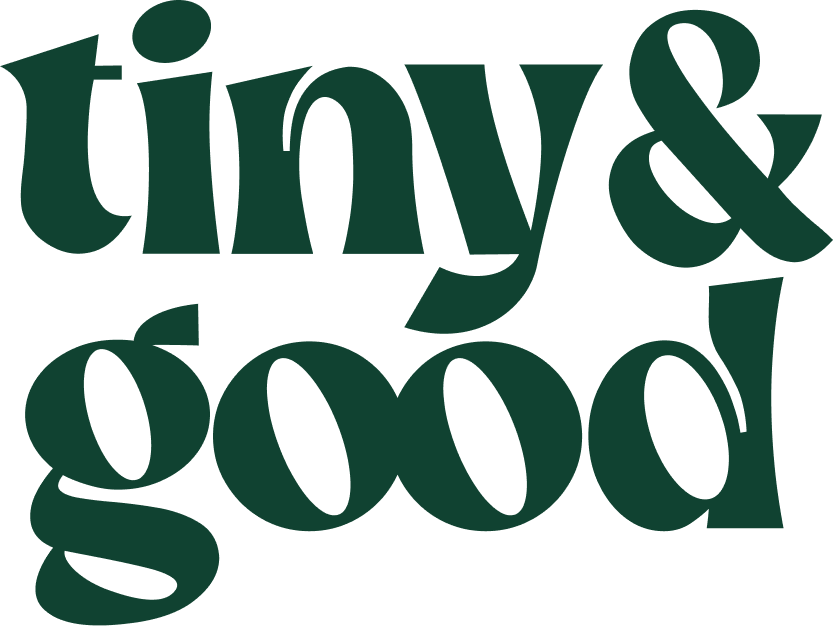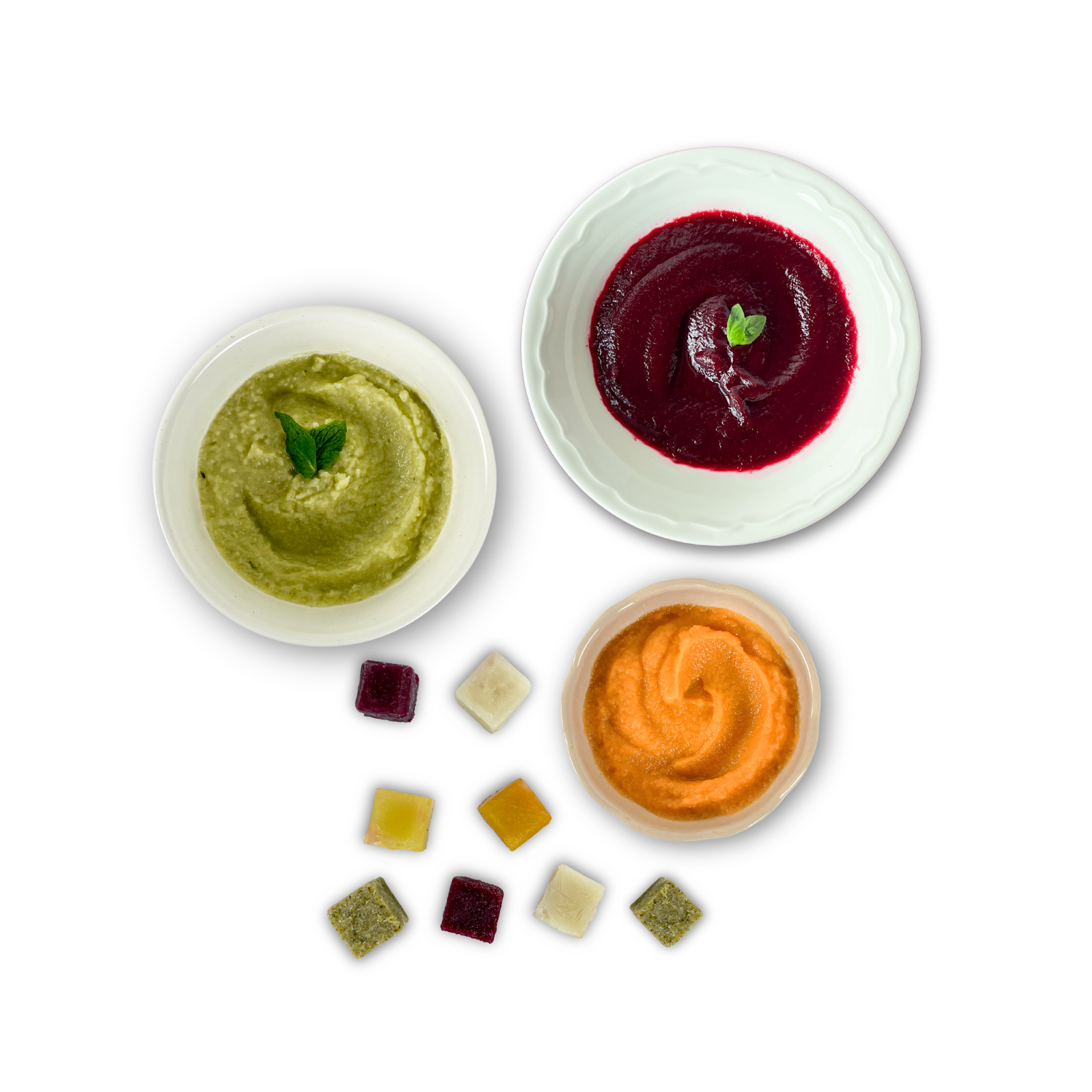Starting solids is an exciting milestone, but let’s be real—it can also feel a little overwhelming. With so much advice out there, you might be wondering, Where do I even start? Whether you’re trying purées, baby-led weaning, or a mix of both, the most important thing is offering nutrient-rich foods that support your baby’s rapid growth and set them up for a lifetime of healthy eating.
To make things easier, we’ve put together a list of some of our favorite first foods—packed with the essential nutrients your tiny one needs to thrive.
🧠 Key Nutrients to Look Out For
During the first 1,000 days, your baby’s brain and body are growing at an incredible rate. Providing a variety of whole foods ensures they get essential nutrients, including:
🩸 Iron helps with energy and brain development, as babies’ natural iron stores begin to deplete by six months.
🔹 Heme iron, which is easily absorbed, is found in beef, lamb, chicken, and chicken liver.
🔹 Non-heme iron, which is plant-based, needs vitamin C for better absorption. It’s found in lentils, beans, and green leafy vegetables like spinach. Pairing non-heme iron foods with vitamin C-rich foods can help boost absorption.
🐟 Healthy fats like omega-3s are important for cognitive development and can be found in salmon, chia seeds, and flaxseeds.
💪 Protein supports muscle growth and immune function. Great sources include meat, eggs, yogurt, and legumes.
🍊 Vitamin C helps with iron absorption and boosts immunity and is found in foods like broccoli, bell peppers, and strawberries.
🥑 Great First Foods to Try
🥑 Avocado is a great source of healthy fats for brain development, fiber for digestion, and vitamin E for immunity. It’s also perfect for baby-led weaning due to its soft texture and can easily be cut into spears. (Try our Broccoli, Avocado & Quinoa).
🎃 Pumpkin is high in vitamin A, fiber, and antioxidants. (Featured in our First Bites pack).
🍠 Sweet potato is packed with beta-carotene, which converts to vitamin A for healthy eyes and skin. (Try our Tomato, Eggplant & Lentils with Sweet Potato or Chicken, Coconut & Ginger with Sweet Potato).
🌱 Peas are high in protein and fiber, making them great for digestion and muscle growth. (Try our Slow-Cooked Beef & Rosemary or Chicken, Kale & Bone Broth).
🍗 Chicken liver may not be your first choice, but babies love it. It’s one of the best sources of iron and vitamin A, supporting healthy blood production and immune function. (Try our Chicken Liver, Spinach & Apple).
🥒 Zucchini is a mild, easy-to-digest vegetable, rich in vitamins and hydration. (Part of our First Bites pack).
🌾 Lentils are a great plant-based protein source, full of fiber and iron. (Try our Spiced Pumpkin & Lentils or Spiced Apple & Quinoa Porridge).
🍽️ The Importance of Variety
Offering your baby a wide variety of foods, flavors, colors, and textures not only ensures they get a range of nutrients but also helps expand their palate and encourages adventurous eating.
Research suggests that babies introduced to a diverse range of foods between 6 and 12 months are more likely to accept those foods later in life, helping to prevent picky eating tendencies.
This is where Tiny & Good makes things easier. Our menu offers your little one a wide variety of flavors to explore, making mealtime simpler for parents without the stress of preparing, cooking, steaming, and cleaning.
If you're not sure where to start, our First Bites Pack is designed for those very first mouthfuls. It includes four nutrient-dense vegetables in a super smooth purée, perfect for those first meals.
💡 Final Thoughts
Starting solids is a journey, and every baby is different. Offer a variety of flavors and textures, embrace the mess, and enjoy watching your little one explore the wonderful world of food. Follow your baby’s lead, let go of parental perfectionism, and trust the process—you’re doing great!
📚 References
📌 World Health Organization (WHO) (2023). Infant and young child feeding: Key facts. Retrieved from WHO website.
📌 NHS (2023). Your baby's first solid foods. Retrieved from NHS website.
📌 American Academy of Pediatrics (AAP) (2023). Starting Solid Foods. Retrieved from HealthyChildren.org.
📌 UNICEF (2023). Infant and Young Child Feeding. Retrieved from UNICEF website.

